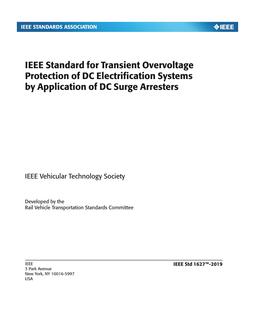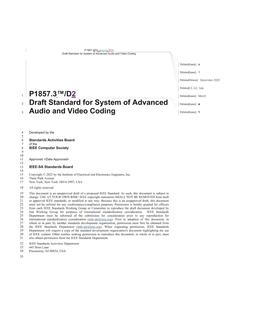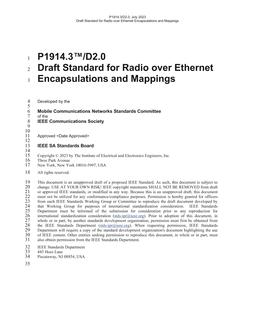
IEEE 1627-2019
Click here to purchase
New IEEE Standard – Active.The design and application of dc surge arresters to protect dc electrification system from transient overvoltage caused by lightning and switching surges is the purpose of this standard. Lightning surges can cause high energy transient overvoltages by direct or indirect coupling with a dc electrification system. Transient overvoltage protection from lightning and switching surges of various dc transit electrification systems can be achieved by the application of metal-oxide varistor (MOV) gapless-surge arresters. The application of surge arresters to running rails in areas where lightning activity is severe requires special study of protection coordination with rail-ground shorting devices [also called voltage-limiting devices (VLDs)] and review of track circuits applied at the transit system. Such study and criteria of selecting VLDs is not included in this standard. However, a surge arrester applied to running rails in higher keraunic areas has been included and requires coordination with both the VLD devices and track circuits applied in the transit system. Many modern light- and heavy-rail transit projects use VLDs, although their application can be avoided by implementing other design measures, such as insulated platforms, or by simply coating the vehicle surface with some special insulation. The purpose of installing VLDs at dc transit projects is to enhance the safety of personnel from the touch potential (rail-ground voltage) on the train vehicle surface. No industry standard on VLDs exists today in North America. Only IEC EN 50526-2 covers VLD.
Product Details
- Published:
- 07/29/2019
- ISBN(s):
- 9781504460385, 9781504458849, 9781504458856
- Number of Pages:
- 50
- File Size:
- 1 file , 1.6 MB
- Product Code(s):
- STD23718, STDPD23718, STDPL23718


